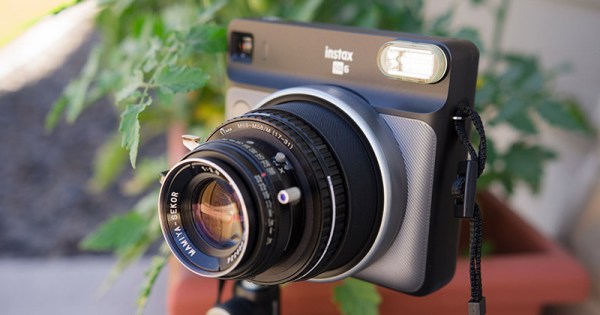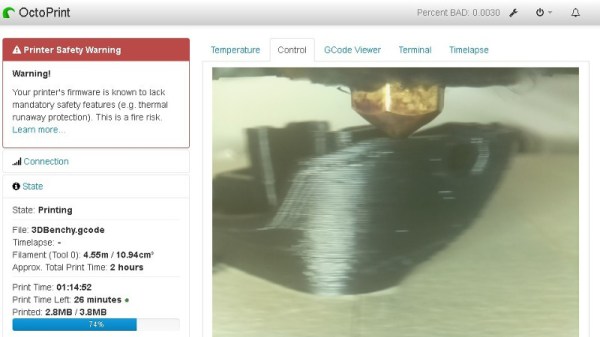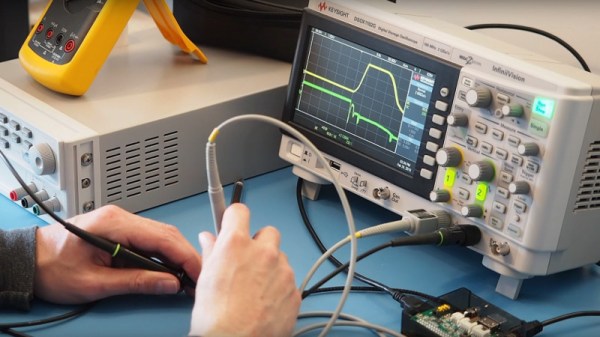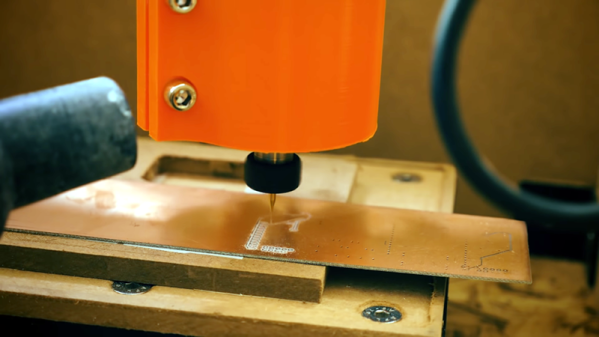The Instax SQ6 and Fujifilm’s entire range of instant cameras are fun little boxes that produce instant photos. It’s a polaroid that’s not Polaroid, and like most instant cameras, the lenses are just one or two pieces of plastic. A lens transplant is in order, and that’s exactly what [Kevin] did to his Instax camera.
The key to this lens transplant project is to make it not look like a complete hack job. For this, [Kevin] is keeping the number of custom mechanical parts to a minimum, with just two pieces. There’s a lens shroud that screws down to the current flange on the camera’s plastic chassis, and should blend in perfectly with the rest of the camera. This demanded a significant amount of 3D modeling to get perfect. The other mechanical part is just a plastic disc with a hole in it. These parts were ordered from Shapeways and bolted to the camera with only a few problems regarding spacing and clearances. This didn’t prevent the camera from coming back together, which is when the documentation becomes fast and loose. Who could blame him: the idea of putting real lenses on an instant camera is something few can resist, and the pictures that come out of this modified camera look great.
The current state of the project with a single lens leads the camera to have an inaccurate and tunnel-like viewfinder, but a huge modification brings this project into twin-lens reflex territory. There are more modifications than camera here, but all the printed parts are documented, there are part numbers for McMaster-Carr, and the camera has full control over focusing and framing.

















